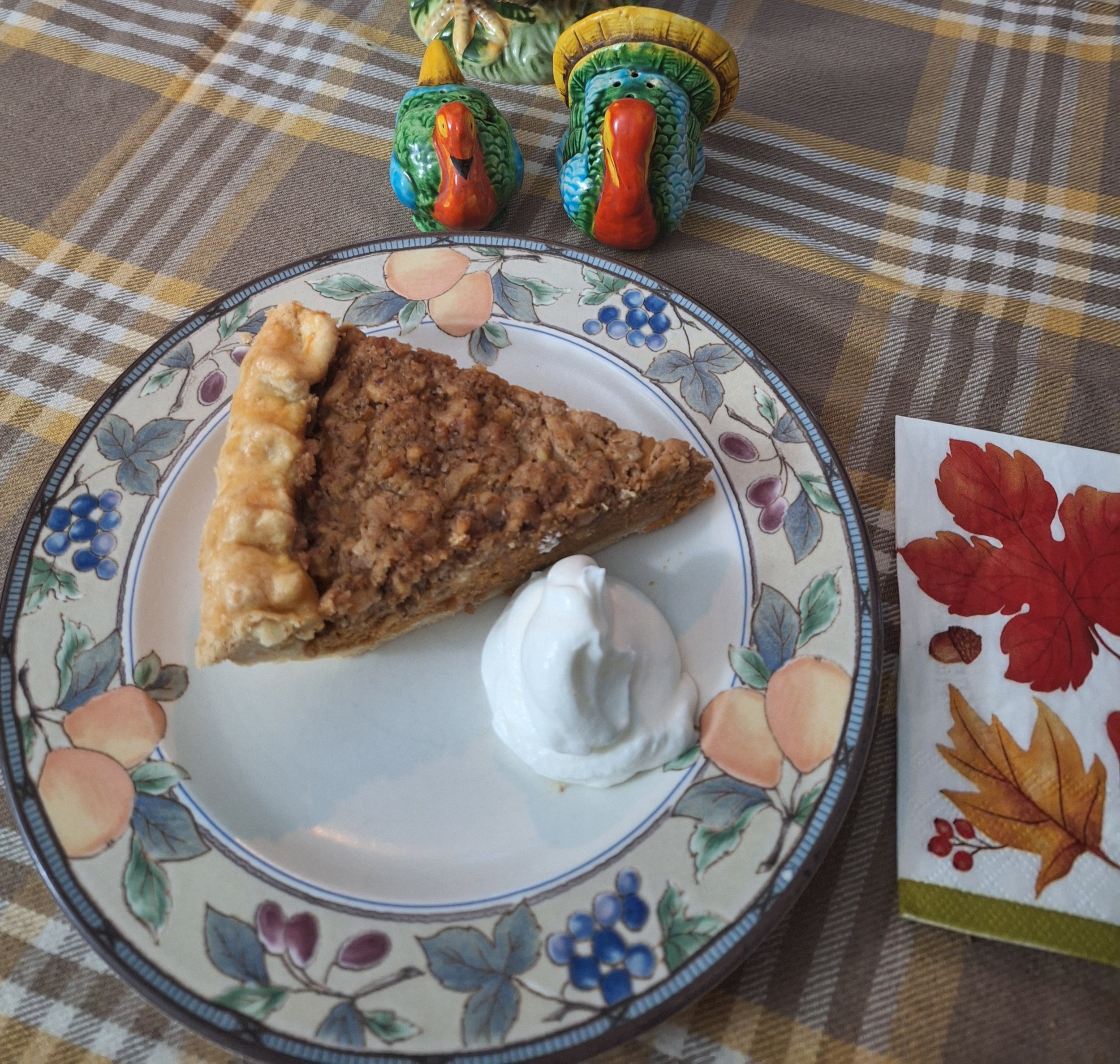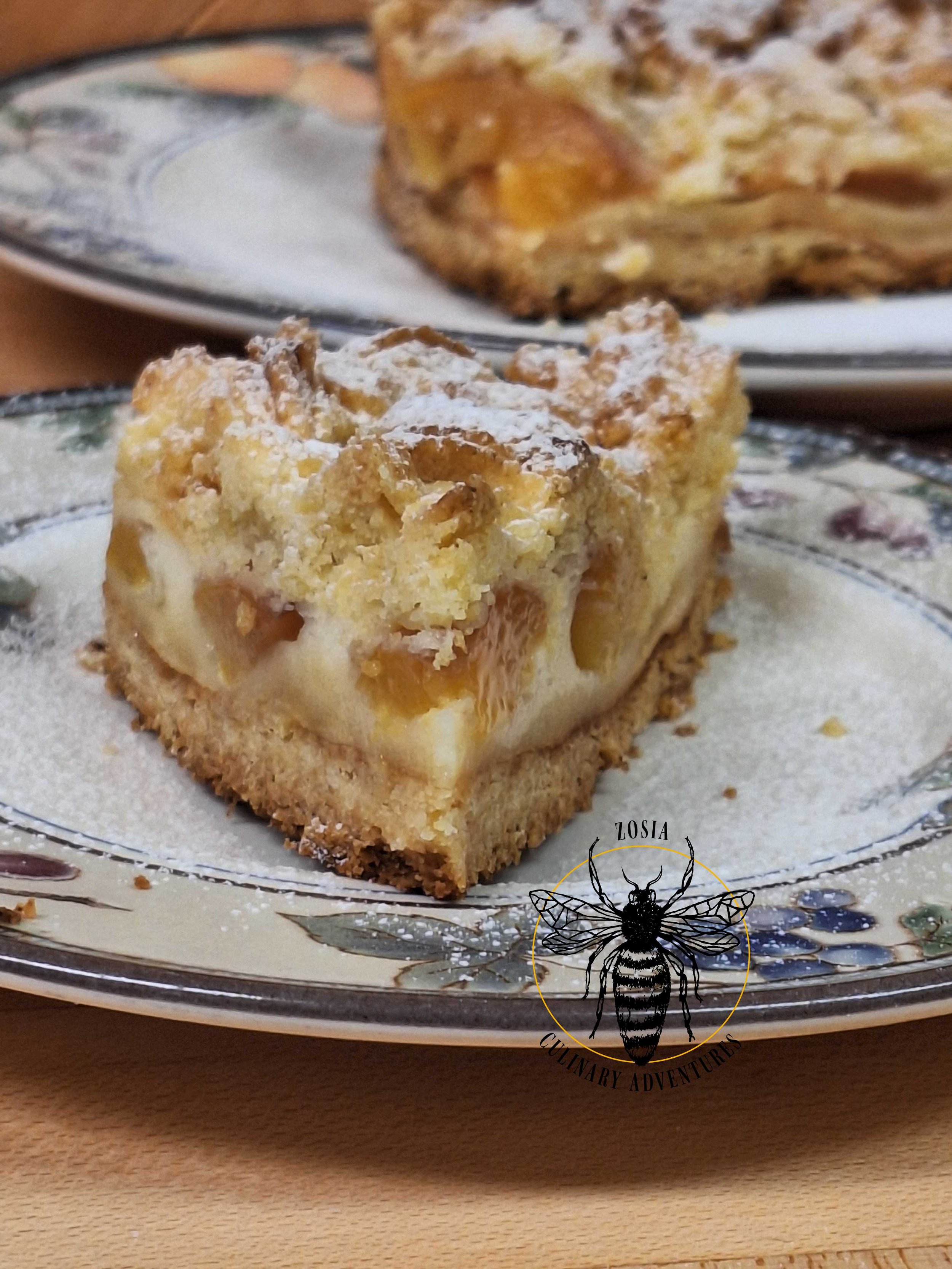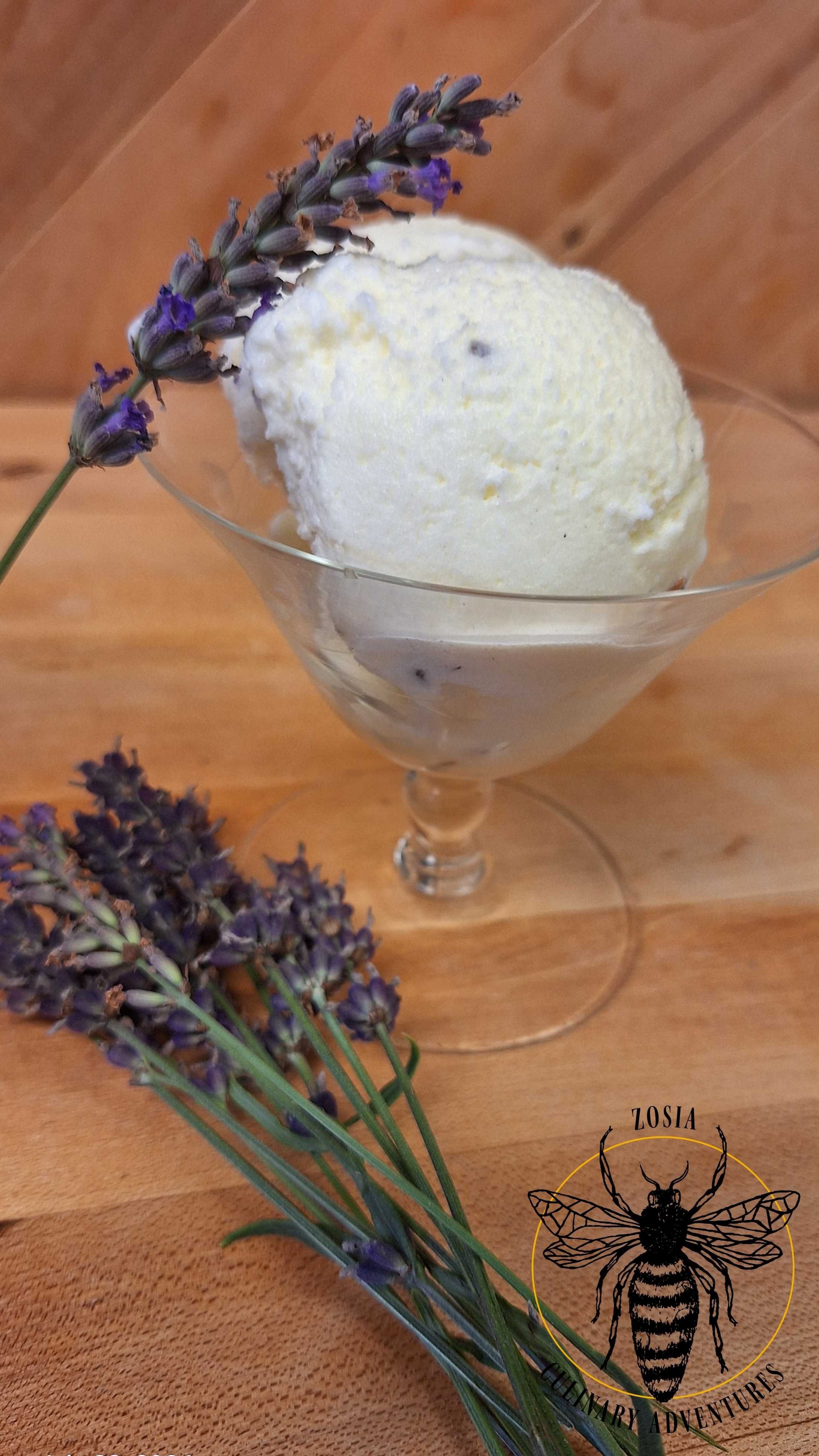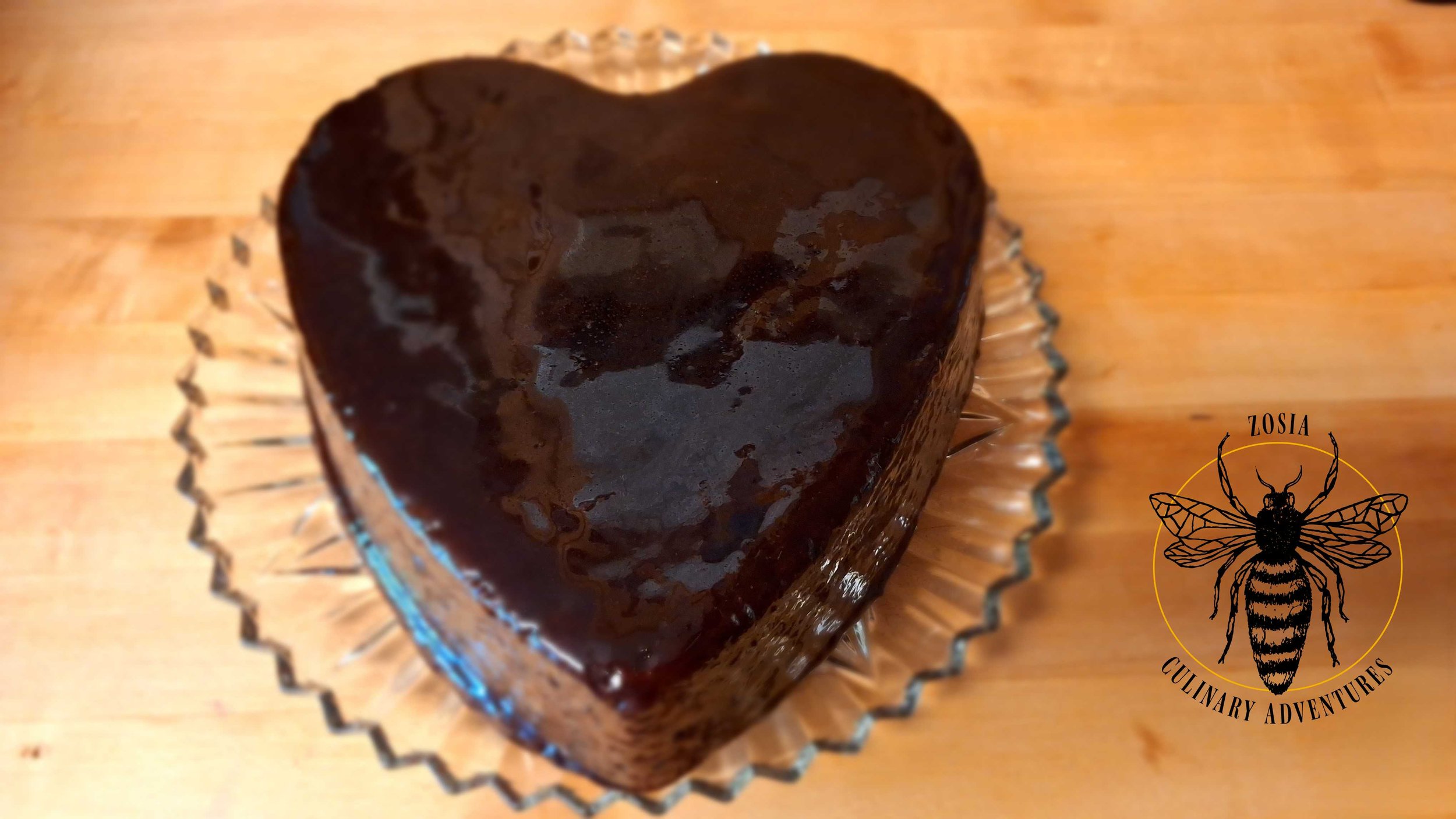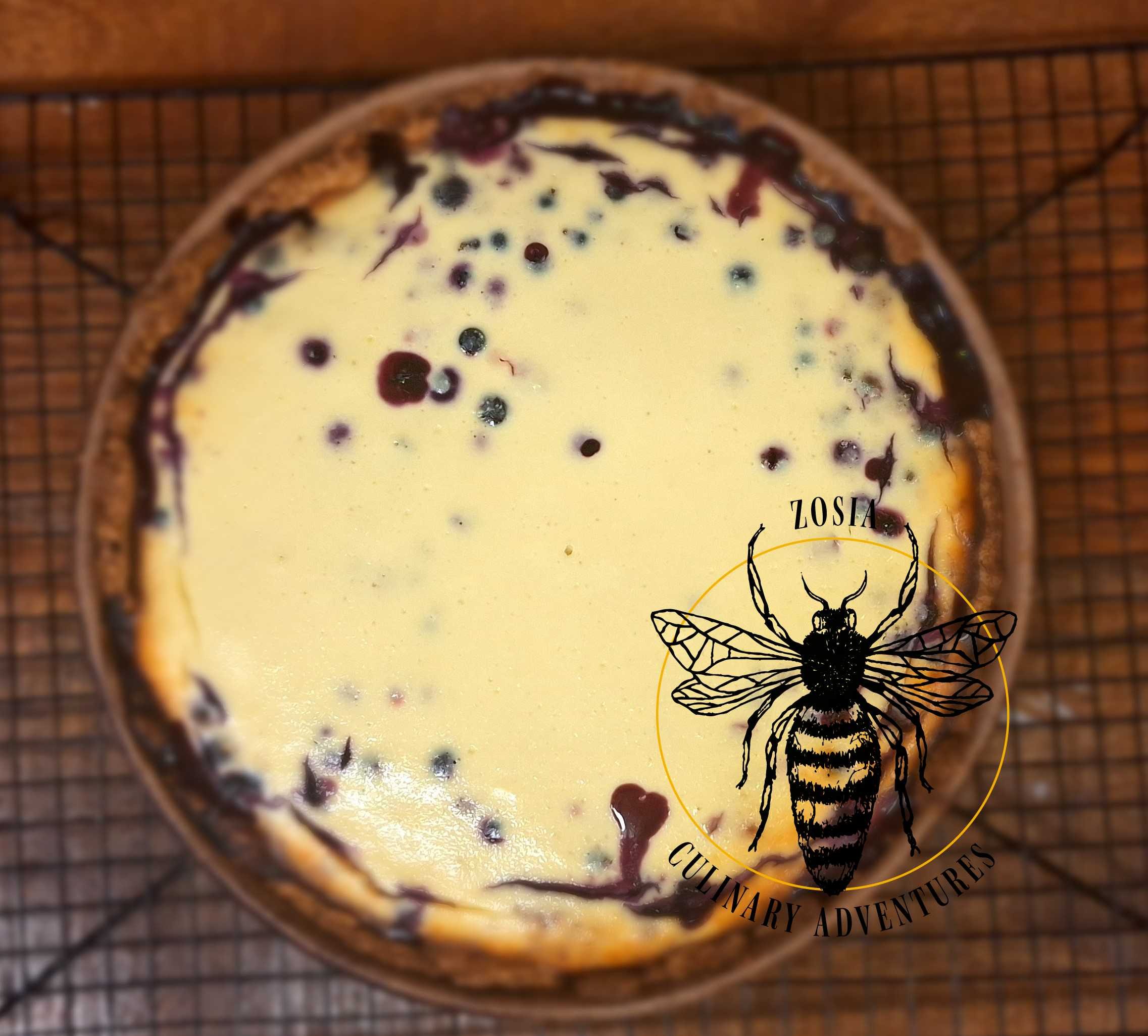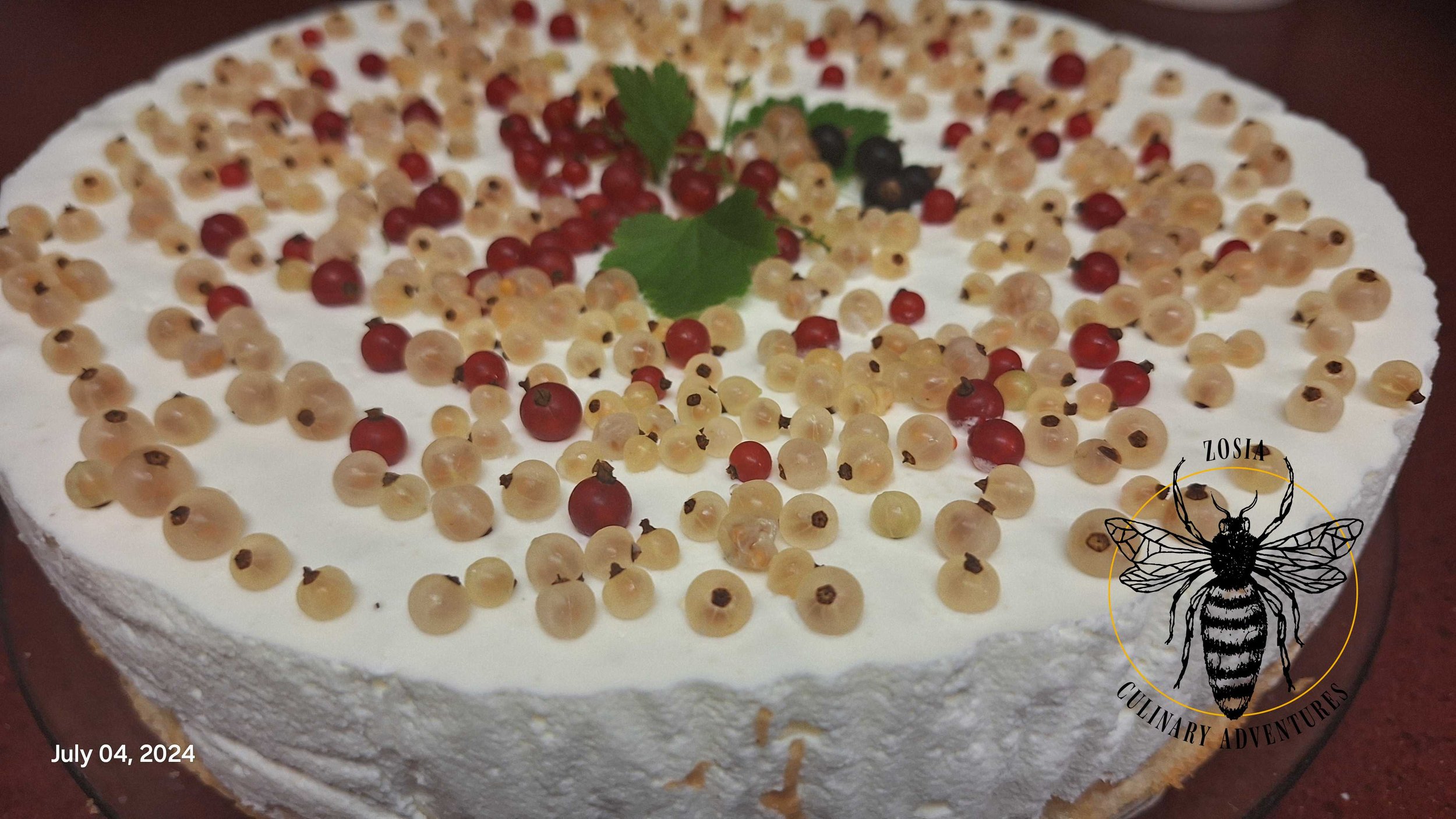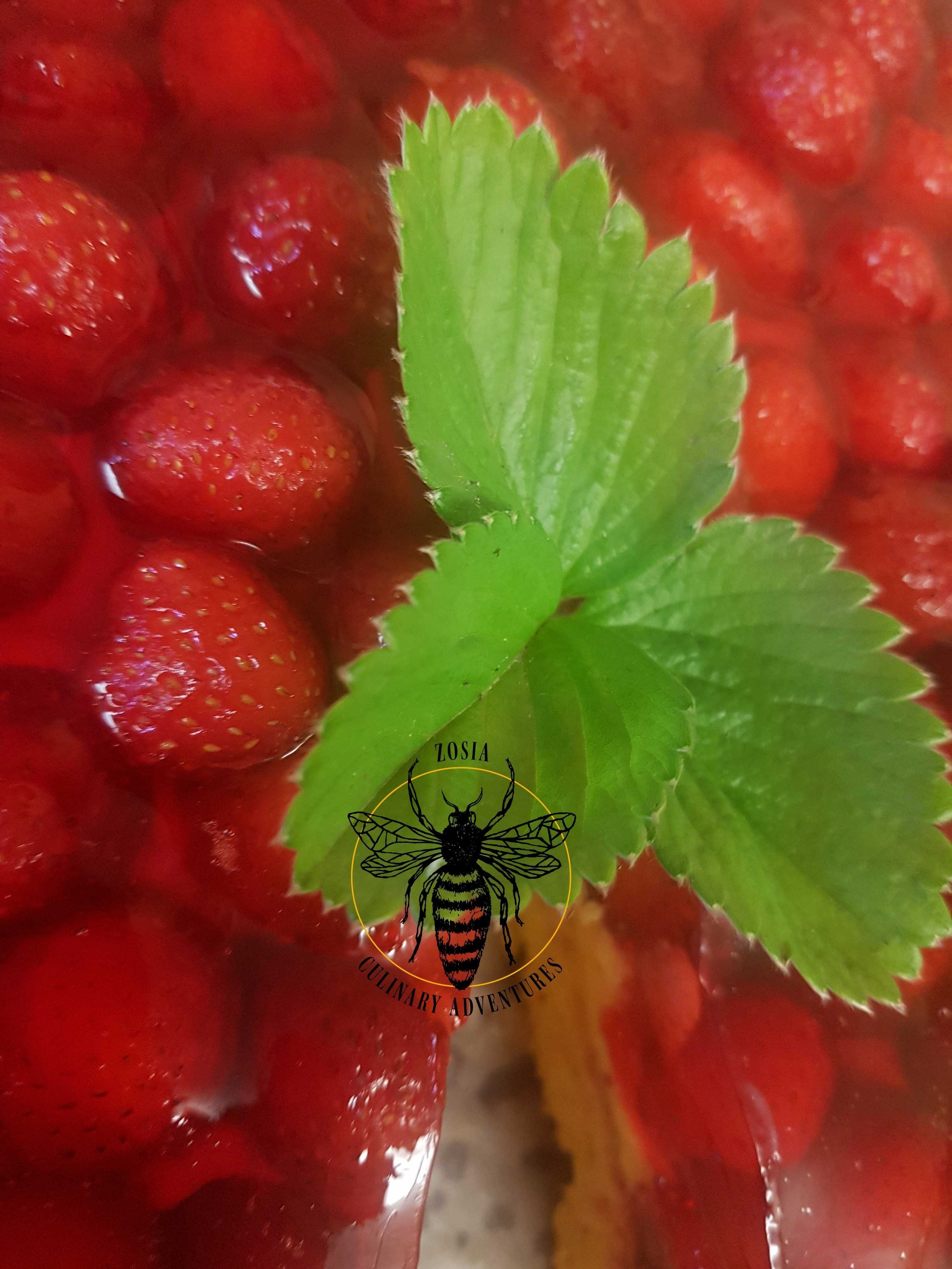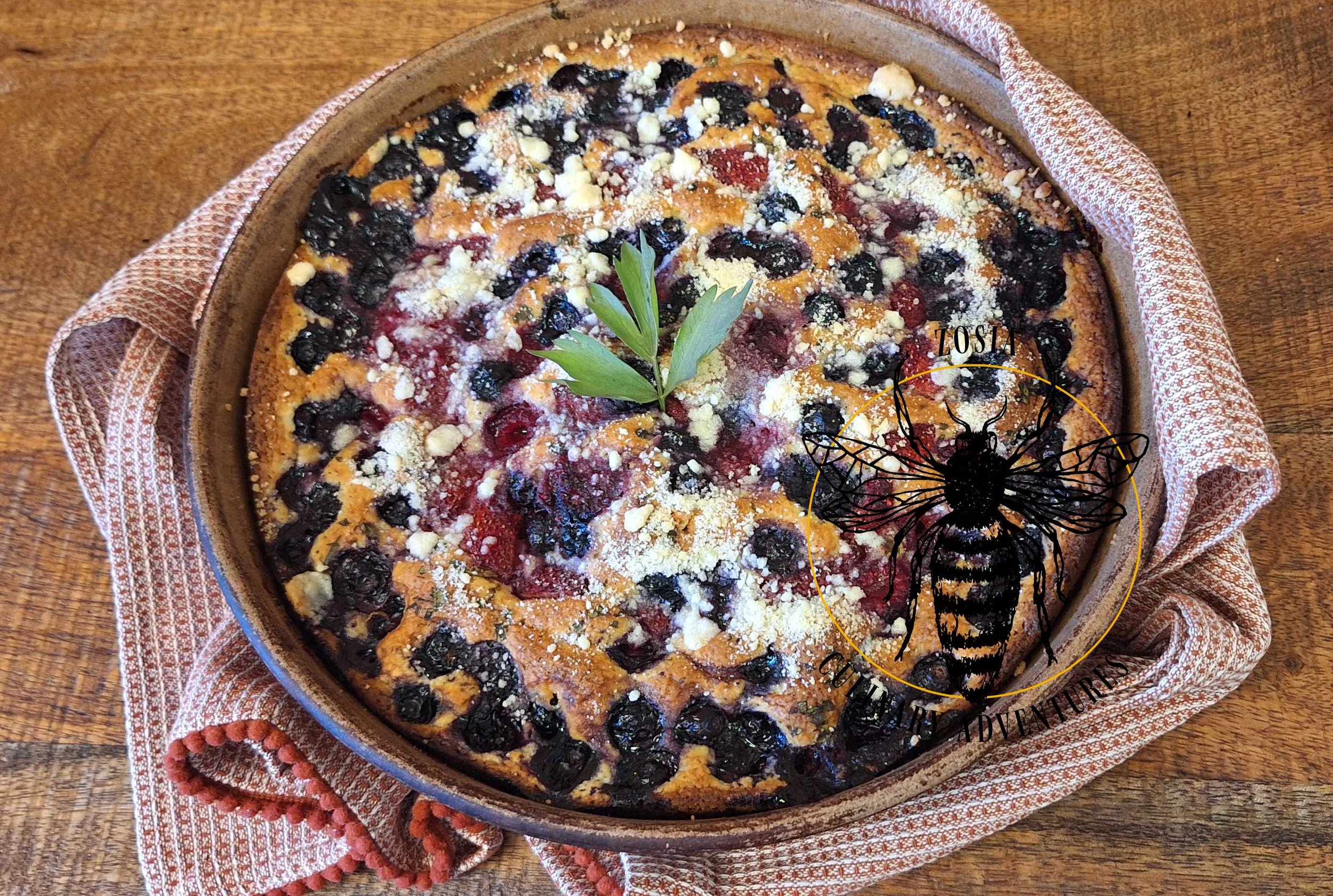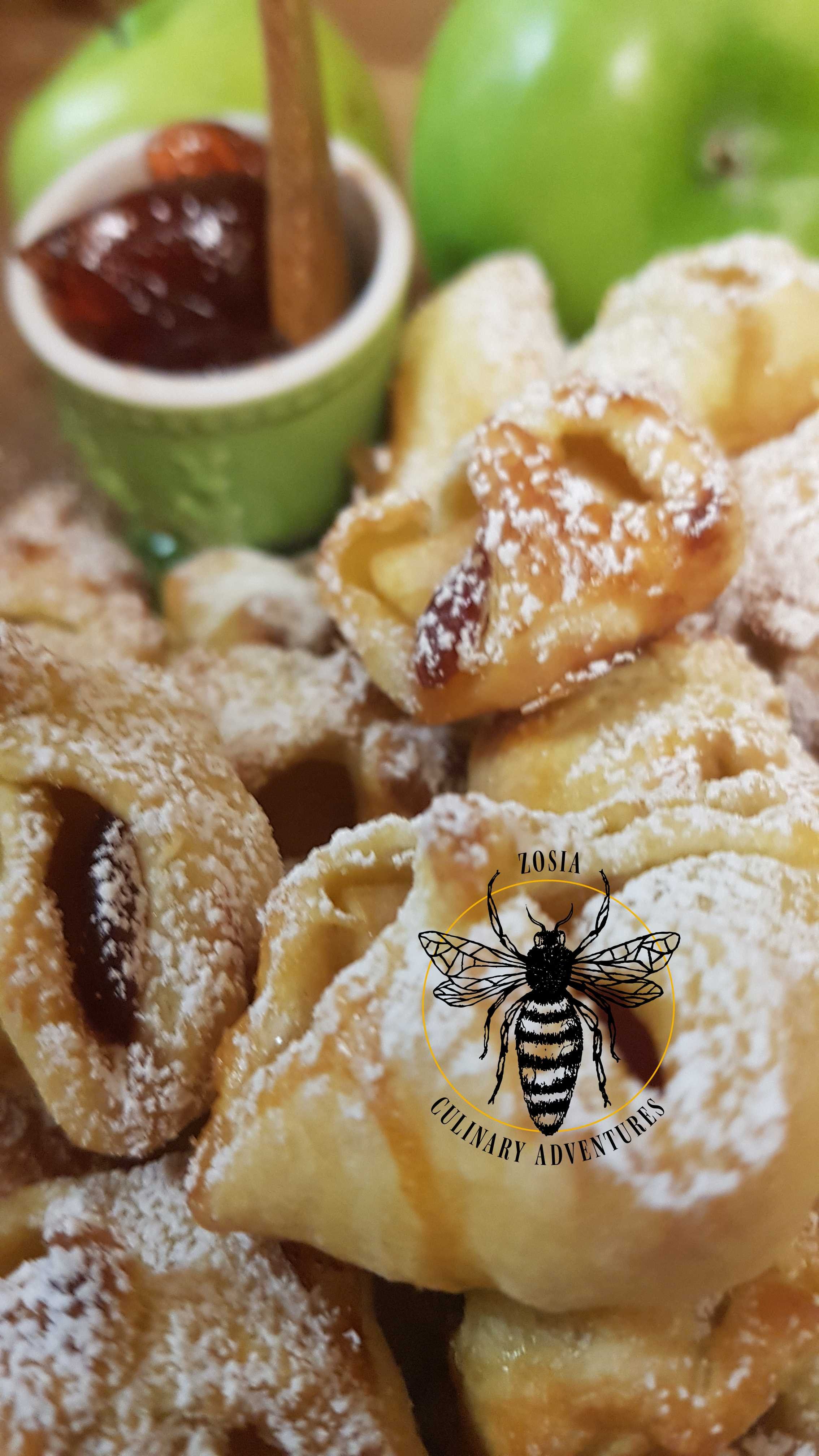Sweet tooth flair
Desserts have held a significant place in history, bearing witness to the evolution of culinary traditions across centuries and cultures. From ancient civilizations to modern societies, desserts have delighted palates and symbolized celebration. In ancient Egypt, honey and fruit concoctions enriched with spices were enjoyed as a sweet ending to meals. In medieval Europe, elaborate pastries and tarts filled with fruits and nuts graced the tables of nobility during grand feasts. The Renaissance period saw the birth of the custard-based sweet creams and delicate marzipan sculptures. As industrialization revolutionized society, desserts such as ice cream and chocolate became more accessible, delighting people around the world. Today, desserts have become a beloved part of our daily lives, offering comfort, indulgence, and a glimpse into the rich history of culinary delights.
The word “dessert” emerged in the seventeenth century, derived from the French verb “desservir,” meaning “to clear the table” in English. Etiquette dictated that napkins and tablecloths be changed before the final course, which at the time was a delicate fruit course. In a courtly context, the course itself was known as “le fruit,” but the bourgeois renamed it “dessert.” After the French Revolution, the aristocratic “fruit” was fully replaced by “dessert.”
Dessert is a course that concludes a meal. In my opinion, a dessert that takes a longer time to prepare is the most enjoyable and often much lower in sugar content. A dessert is the best part of dining.









